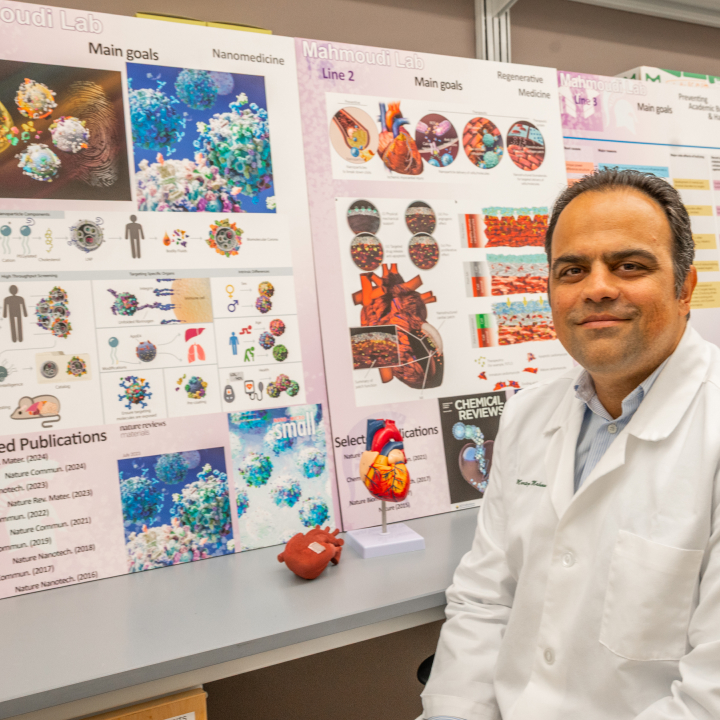Why this matters:
- Researchers from Michigan State University and their partners have found new biological clues that could help doctors detect prostate cancer and heart disease earlier.
- This is the first time scientists have used a mix of tiny medical tools, or nanomedicine, artificial intelligence and a method called causal analysis to connect these clues directly to disease.
- This new diagnostic method has the potential to help millions of Americans.
Imagine Spartan Stadium packed with 75,000 fans, all wearing green and white jerseys — except one person in a solid green shirt. Finding that person would be tough. That’s how hard it is for scientists to find disease markers — called biomarkers — in the blood. And instead of one stadium, researchers must search through the equivalent of 100,000 stadiums worth of information.
To tackle this challenge, a research team from Michigan State University, working with scientists from Augusta University, Karolinska Institute and Stanford University, used nanomedicine, artificial intelligence, or AI, and a method for studying cause and effect.
Their goal was to find rare biomarkers for prostate cancer that has spread, and a condition called atherosclerosis, which causes clogged arteries. Their research findings were recently published in the Chemical Engineering Journal.
“Cells affected by disease secrete proteins and other biomolecules into the bloodstream,” said Morteza Mahmoudi, associate professor in the Department of Radiology and the Precision Health Program in the MSU College of Human Medicine. “These proteins provide valuable clues about a patient’s health status or disease, and they can be collected and studied. Once identified, they pave the way for a significant advancement in the development of personalized medical treatments, or precision medicine.”
How they made the discovery
“Human blood plasma contains many different proteins, and the rarest proteins are the ones that contain valuable insights into diseases,” Mahmoudi explained. “To magnify information from the less abundant plasma proteins, we introduced small particles — nanoparticles that can’t be seen with the human eye — to plasma samples. Then we harnessed AI and actual causality to analyze the results. This is how we identify potential biomarkers for metastatic prostate cancer and atherosclerosis.
“It’s the first time that nanomedicine, protein corona, AI and actual causality have been used together to identify a cause for disease,” he added. “We’re excited because this discovery has the potential to advance early detection and develop targeted therapies for prostate cancer and atherosclerosis.”
MSU researchers Mohammad Ghassemi, Borzoo Bonakdarpour and Liangliang Sun made significant contributions to this research, Mahmoudi said. Funding sources include the American Heart Association, the U.S. Department of Defense Prostate Cancer Research Program’s Physician Research Award, the National Cancer Institute and the National Science Foundation.
